Home made potting medium for Tomatoes in Earthboxes
alina_1
11 years ago
Featured Answer
Sort by:Oldest
Comments (14)
suncitylinda
11 years agoalina_1
11 years agoRelated Professionals
Barrington Landscape Contractors · Peachtree City Landscape Contractors · Pleasant Hill Landscape Contractors · Rockville Landscape Contractors · Tigard Landscape Contractors · Lodi Solar Energy Systems · Menifee Solar Energy Systems · Doctor Phillips Window Contractors · Coral Gables Window Contractors · Missouri City Window Contractors · Scotts Valley Window Contractors · Discovery Bay Window Contractors · Carlsbad Fence Contractors · Daly City Fence Contractors · Hermosa Beach Fence Contractorssuncitylinda
11 years agoalina_1
11 years agosuncitylinda
11 years agoalina_1
11 years agosuncitylinda
11 years agoimpressoftex
9 years agosuncitylinda
9 years agodrew51 SE MI Z5b/6a
9 years agotapla (mid-Michigan, USDA z5b-6a)
9 years agoBrenda Tekin
8 years agodrew51 SE MI Z5b/6a
8 years agolast modified: 8 years ago
Related Stories

LIFEKitchen Traditions: Tomato Season Meets a Family Legacy
Somewhere a Sicilian great-great-grandmother is smiling at a bowl of American-made sauce
Full Story
EDIBLE GARDENSSummer Crops: How to Grow Tomatoes
Plant tomato seedlings in spring for one of the best tastes of summer, fresh from your backyard
Full Story
HOUZZ TOURSMy Houzz: An Opposite-Tastes Couple Finds a Happy Medium
Cherished antiques rub elbows with contemporary furnishings in this intimate-feeling open-plan Chicago condo
Full Story
DECORATING GUIDESThe Dumbest Decorating Decisions I’ve Ever Made
Caution: Do not try these at home
Full Story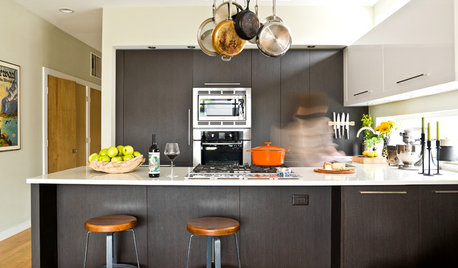
HOUSEKEEPINGHow to Clean Your Cookware So It Lasts
Avoid damage during everyday cleaning and stain scrubbing, with these tips for pots and pans made of popular materials
Full Story
FARM YOUR YARDHouzz Call: Home Farmers, Show Us Your Edible Gardens
We want to see where your tomatoes, summer squashes and beautiful berries are growing this summer
Full Story
LIFEYou Showed Us: 20 Nutty Home Fixes
We made the call for your Band-Aid solutions around the house, and you delivered. Here's how you are making what's broken work again
Full Story
HOUZZ TOURSMy Houzz: Country-Chic Dutch Family Home
An organizer lightens up a dark 1970s farmhouse on a Netherlands tomato farm with open space and soothing shades of gray
Full Story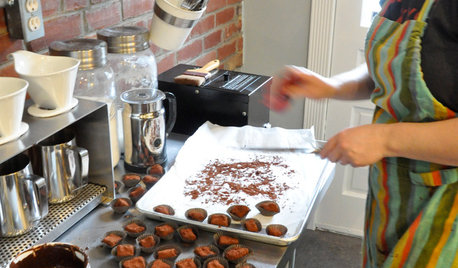
KITCHEN DESIGNLove to Cook? We Want to See Your Kitchen
Houzz Call: Show us a photo of your great home kitchen and tell us how you’ve made it work for you
Full Story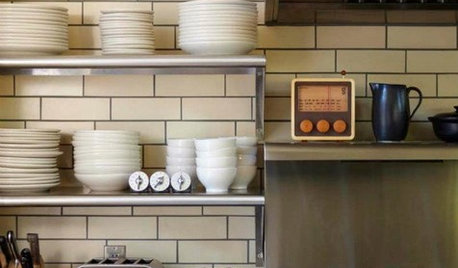
KITCHEN DESIGNCreate Your Own Checklist for a Well-Stocked Kitchen
Personalize the kitchen with your own must-haves from our list of top cooking tools, small appliances, pots, pans and more
Full Story





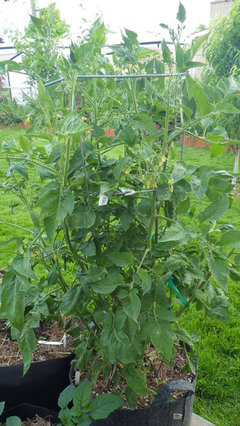
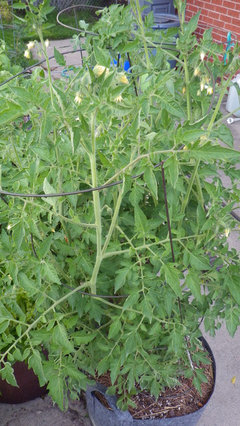


PapaJ1954